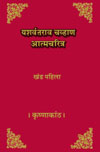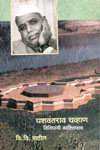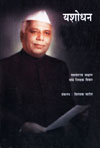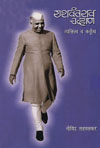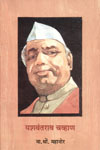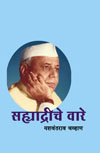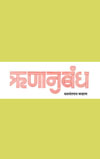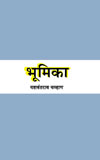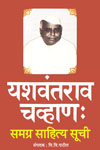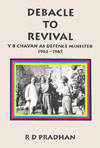..... Then I come to another aspect, training. I have made it my business to go to different parts of our forward formations. Very often I ‘see how exactly the training is given, particularly the training about battle inoculation to which the hon. Member made a reference. The type of training that is given to the new officers, particularly the officers recruited during the emergency, is absolutely first-rate. The hon. Member made a mention of live grenades. Standing within a few yards of the exercises, I have seen with my own eyes live grenades being used. The way in which the young officers were facing the situation indicated that the training which was being given was very praiseworthy. This particular aspect of the training is undertaken with a view to make our army a fighting force, and I have no doubt that the training that they are getting now will certainly he put to better use, if any opportunity arises. I know the morale of the men and the officers, whenever I have an opportunity to meet them, and it is something very wonderful. They are really speaking, waiting for an opportunity to avenge the injustice and the humiliation suffered by them. Of course, they cannot do it on their own. We do not have to think in a personal way about these matters. But the idea of self-respect and the idea of patriotism, the feeling of patriotism, in them is something very, very, admirable. I can tell the hon. Members that if some of them are willing to come and see this training programme. I am prepared to arrange for that.
I will personally invite Mr. Dandekar to come and see it sometime. The money that we are spending is being spent well and for better purposes of making our young recruits tough fighting soldiers.
He also mentioned another point about the ratio of vehicles. I have got some figures with me in terms of infantry divisions. Chinese division has got about 1209 vehicles whereas our mountain division has got 1362 vehicles. I must concede that with the type of terrain that we are using and its length, this additional number of less than a hundred is not much.
Incidentally, I must make a reference here to another point made by Shri Indrajit Gupta and that was about the policy of discarding the vehicles. He made a point that we are, even before reaching the first overhaul stage, trying to sell a large number of vehicles. Yes, this is a policy that is accepted after full consideration. Firstly, the area, the terrain, in which our vehicles have to go, is more difficult than we usually used to have before. We do not want to take chances about taking the type of vehicles which at the eleventh hour are likely to fail. Therefore, we have accepted a standard that either the vehicle has run for 35,400 miles or 7 years, after that period, it will he sold.
Most of the vehicles are wanted for the divisions and, apart from this, there is another argument. By making these vehicles the responsibility of the Army to maintain them, the problem of their maintenance and their occupying the space becomes so very difficult and so wasteful. So, it is found in the interest not only of the efficiency but also of the economy and the economics of the divisions concerned to discard these things. The army has welcomed this decision more than anything else. I know that by this way there is not going to he a national loss because these vehicles will certainly he available for the civilian purposes and they will also get, more and more, better types of vehicles for their use. There is nothing wrong in this.

